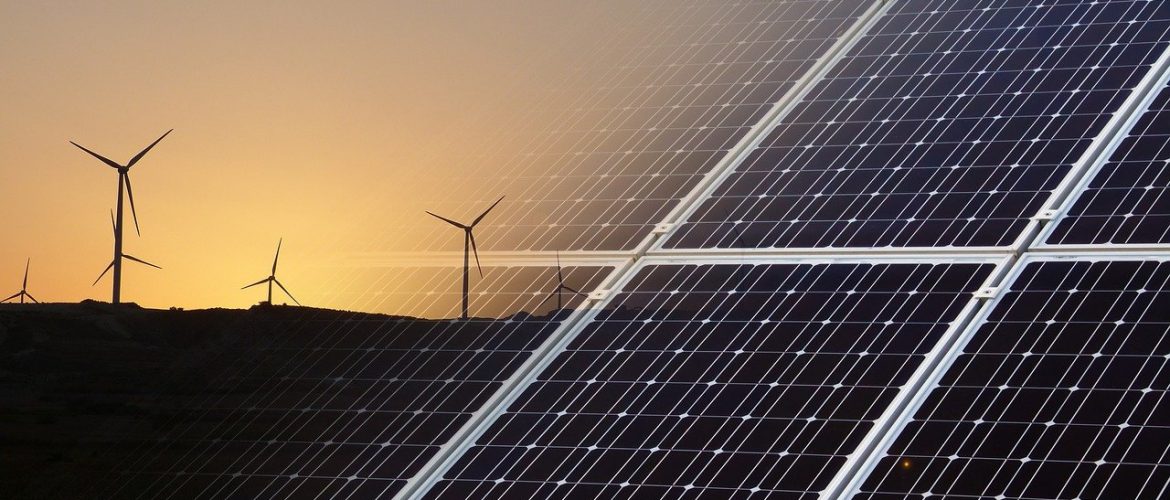Clean energy (renewables and large hydro) covered 53.7% of Greece’s total demand in the first four months of 2024, widening the gap with fossil fuels, despite record RES curtailments in April (259 GWh). At the same time in April, for the first time this year, exports surpassed imports, leading to total net imports in the first four months reaching a decade low of 380 GWh.
This analysis covers electricity production across the whole territory of Greece (mainland and islands) and is based on the latest available monthly data from the Independent Power Transmission Operator (April 2024) for the interconnected grid and from the Hellenic Electricity Distribution Network Operator (HEDNO) for the non-interconnected islands (March 2024). In addition, we use the most recent data from HEDNO for low and medium voltage, as well as for the installed capacity of self-production systems (February 2024). The data from DAPEEP’s Renewable Energy Special Account bulletin up to February 2024 are used to calculate more accurately the CHPs’ production at low and medium voltage as well as for the PV utilization factors needed to estimate self-production. You can read in more detail about our methodology here.
Renewables (excluding large hydro) exceeded for the first time the production of all three fossil fuels together (fossil gas, lignite and oil) by 498 GWh, with a production of 8,091 GWh in the first four months of 2024. In the same period in 2023, renewables contributed 241 GWh less than fossil fuels.
Fossil gas was second (5,433 GWh), showing an increase of 28.4% compared to the first four months of 2023. However, its growth slowed in April compared to the first three months of the year.
Lignite was third with 1,257 GWh setting a new low, followed by large hydro (1,155 GWh) and oil on non-interconnected islands (903 GWh). The smallest contribution to meeting demand in the first four months of 2024 was made by net imports (380 GWh), which were the lowest in the last decade for this period, well off the previous low of 2021 (1,080 GWh).
The large increase in renewables (+1,479 GWh) and the smaller increase in fossil gas (+1200 GWh) in the first four months of 2024, compared to the same period in 2023, led to a diminution of net imports (-2,219 GWh) and a decrease in lignite-based electricity production (-463 GWh), offsetting the small increase in demand (+153 GWh).
The corresponding percentage changes in the first four months of 2024, compared to 2023, were:
Lignite: -26.9%
Fossil gas: +28.4%
Renewables: +22.4%
Large hydro: +15.2%
Net imports: -85.4%
Oil: +0.3%
Demand: +0.9%
In the first four months of 2024 clean energy (renewables and large hydro) with 9,247 GWh was the highest of the decade, up 21.4% compared to the first four months of 2023 (7,615 GWh). In fact, it surpassed by 1,653 GWh the electricity production from the three fossil fuels combined (7,594 GWh), which grew by a smaller 10.8% over the same period. This difference between clean energy and fossil fuels in the first four months widened in 2024 compared to 2023, when clean energy exceeded fossil fuels for the first time by 761 GWh.
Clean energy in the first four months of the year had a share of 54.9% in net electricity production, while it covered 53.7% of demand, exceeding 50% for the first time ever, as well as the previous high recorded in 2023 (46.2%). Renewables (mainly wind and solar) were first with a 47% share, while large hydro covered 6.7% of demand. The remaining demand in the first quarter of 2024 was covered by fossil gas with a share of 31.6%, lignite with 7.3%, oil with 5.2% and net imports with just 2.2%.
The share of renewables would be even higher if there were no curtailments. According to the forecasts of the consolidated planning process published daily by IPTO, a total of 308 GWh of RES were curtailed in the first four months of 2024. Of these, 49 GWh were curtailed in March and the remaining 259 GWh in April, resulting in April’s curtailments exceeding the total curtailments of 2023.
If we avoided these curtailments, the country’s total net electricity imports for the first four months of 2024 (380 GWh) would be almost zero (-81%) or the share of fossil gas would be reduced, while the share of renewables would increase.
In April 2024:
- At 244 GWh, net exports were the highest since August 2022 (-361 GWh). April was the first month of 2024 that exports surpassed imports.
- The third highest monthly production from renewables (2,178 GWh) and at the same time the fourth lowest monthly production from lignite in the last decade (207 GWh) was recorded.
Electricity consumption in Greece in the first four months of 2024 (17,226 GWh) increased by 0.9% compared to the same period last year, while it was 6% lower than the average of the last five years (2019-2023). The growth in demand is progressively slowing down through the year, as demand in the first month of 2024 was up 6.7%, in the first two months of 2024 by 2.6% and in the first quarter by 1.4% compared to the same periods in 2023.











































































































































































































































































































